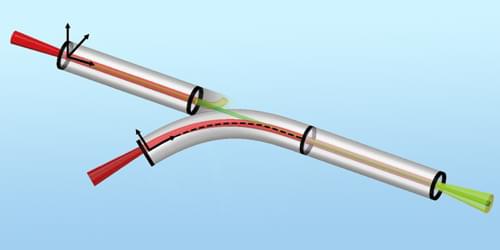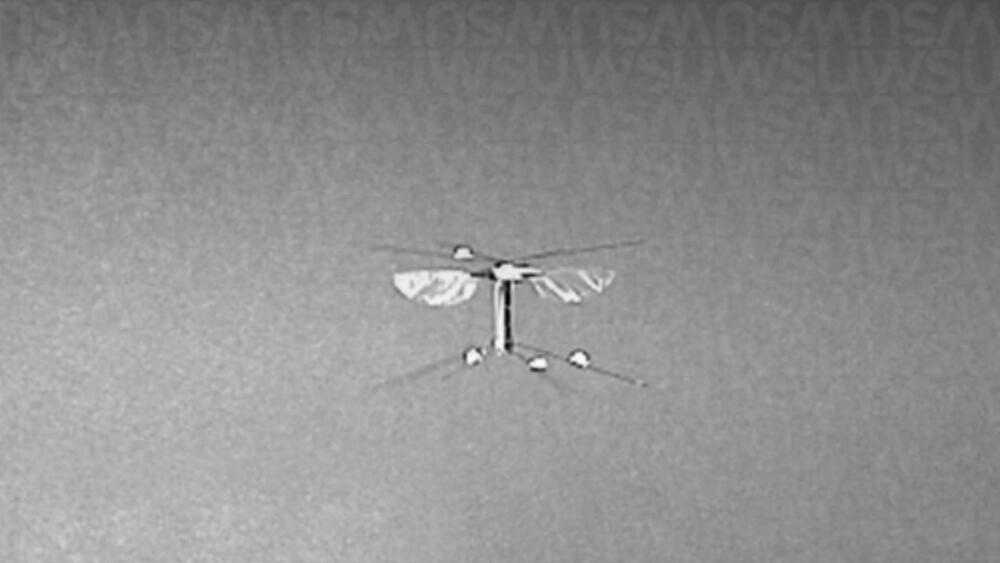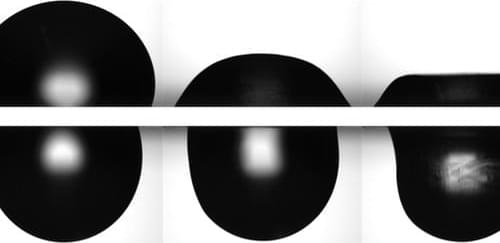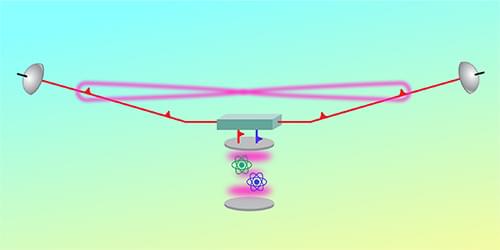
A curved “laser wakefield accelerator” could boost the acceleration potential of a multistage version of this device.
Laser wakefield accelerators (LWFAs) use laser-generated plasmas to accelerate electrons to high energies. The devices are significantly smaller than radio-frequency-based particle accelerators—centimeters versus hundreds of meters—making them less expensive, more efficient alternatives. But researchers still need to demonstrate that LWFAs can achieve particle energies that match those of their conventional counterparts. Now Xinzhe Zhu from Shanghai Jiao Tong University and colleagues have brought that goal a step closer, demonstrating a method for linking multiple LWFAs in a way that would boost their acceleration potential [1].
In an LWFA, charged particles reach relativistic speeds by surfing a wave of plasma created by a powerful laser. The particle energy achievable with a single LWFA is limited to a few GeV for two reasons: the particle bunch and the plasma wave quickly fall out of sync, and the laser energy dissipates with distance. Routing particles through multiple connected LWFAs would overcome these problems. But current techniques for combining LWFAs require refocusing the beam at each connection, lowering the efficiency of the process.









